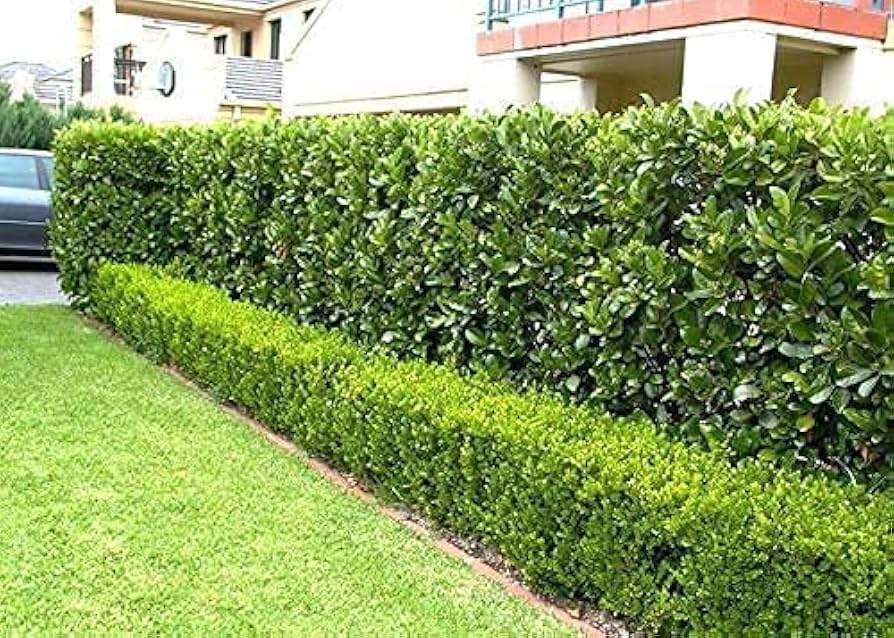Restore Landscape Damage

Repairing a hurricane-damaged landscape in Florida requires a careful and strategic approach, as the region is prone to severe storms. Restoring the landscape after such an event involves addressing immediate hazards, evaluating the extent of damage, and making long-term plans for resilience. Here’s a step-by-step guide on how to repair your landscape after a hurricane:
Assess the Damage
Start by assessing the landscape for immediate hazards. Check for:
Fallen trees and branches: These can pose dangers and need removal. Professional help may be required to remove large trees safely.
Debris and broken plants: Clear away scattered debris, including damaged plants, broken fences, and other storm-related litter.
Uprooted or leaning trees: Smaller trees may be replanted, but heavily damaged trees may need removal.
Prioritize Safety
Before diving into repairs, prioritize safety:
Avoid downed power lines: These can be life-threatening. Call your utility company if you see any.
Wear protective gear: Use gloves, boots, and eye protection while clearing debris.
Remove and Prune Damaged Vegetation
Remove dead plants and branches: Cut back broken branches to reduce stress on trees and shrubs and encourage healthy regrowth.
Prune carefully: Avoid over-pruning, which can further stress plants. Focus on removing broken or split branches while preserving the plant’s natural shape.
Use sharp, clean tools: Ensuring clean cuts helps avoid infections and diseases.
Restore the Soil
Hurricanes can wash away nutrients and cause soil erosion:
Add organic matter: Spread compost, mulch, or organic matter over exposed soil to replenish lost nutrients and retain moisture.
Check for erosion: Address soil erosion by planting ground cover or installing barriers like rocks or retaining walls.
Replant with Resilient Species
When replacing lost plants, choose native and hurricane-resistant species:
Select hardy plants: Florida has many storm-resistant native species, such as sabal palms, saw palmettos, and live oaks, which can better withstand future hurricanes.
Consider salt tolerance: If you live near the coast, choose salt-tolerant plants like sea oats or beach sunflowers.
Use proper spacing: Space plants properly to give them room to grow and establish strong roots.
Lawn and Turf Repair
Hurricanes can cause waterlogging and damage to turf:
Regrade and reseed: If the lawn is waterlogged or has bald patches, consider regrading the area and reseeding with a hurricane-tolerant grass type like St. Augustine or Bermuda grass.
Irrigation System Check
Inspect and repair irrigation systems that may have been damaged by fallen debris. Adjust water levels based on your plants’ post-storm needs.
Plan for Future Resilience
As you restore your landscape, consider making it more resilient to future storms:
Windbreaks and barriers: Plant hedges or install windbreaks to protect more vulnerable areas from wind damage.
Stormwater management: Use rain gardens, swales, and permeable pavements to improve drainage and reduce flooding risks.
Following these steps, you can effectively repair and strengthen your landscape, ensuring it recovers from hurricane damage and becomes more resilient.
If you need help with your property, contact us at ELT Landscape.
